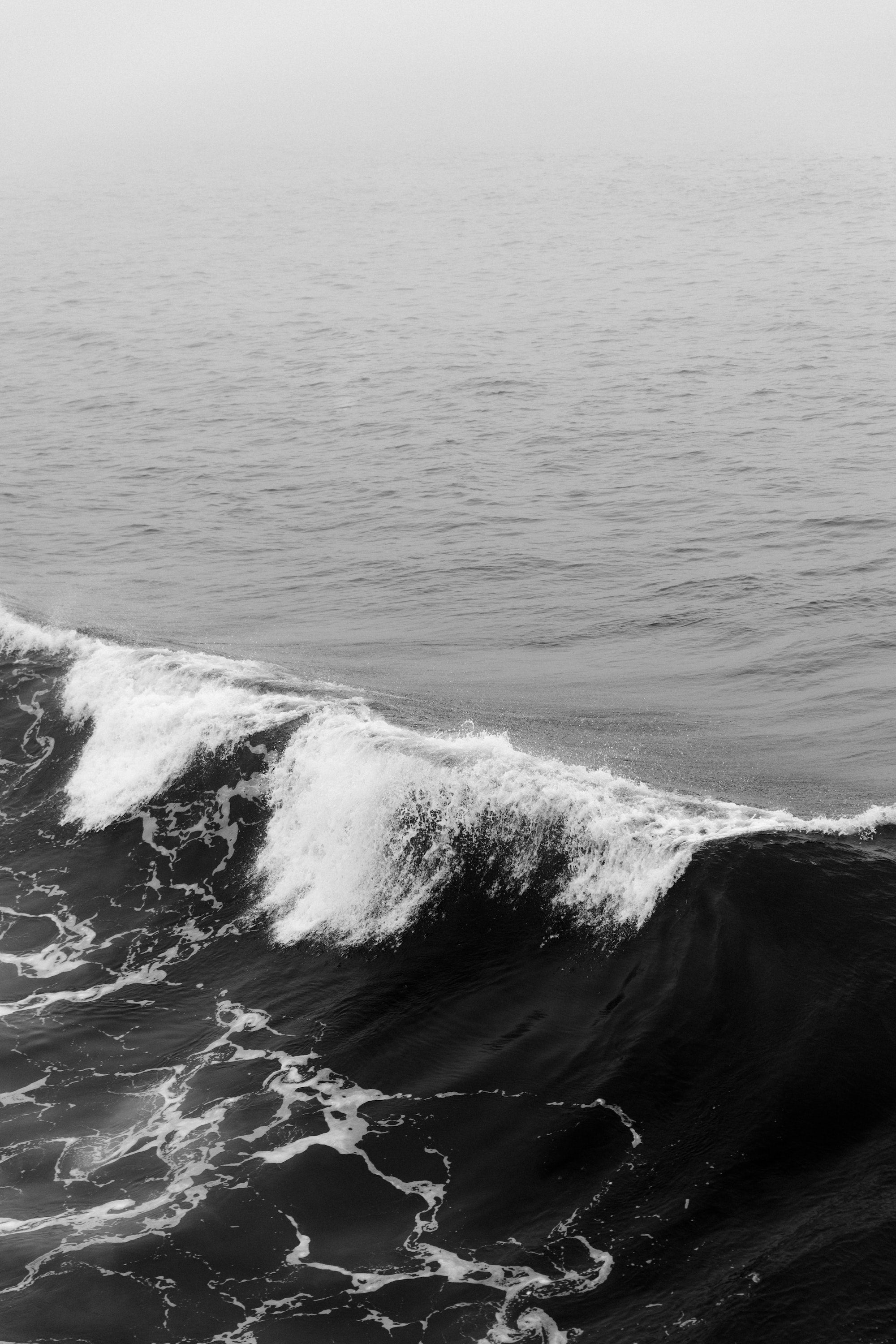the origins of cruising.

A 200-year history of gay culture’s hook-up scene.
Long before apps like Grindr existed, cruising–the search for speedy sex with a stranger–was a creative and skilled pursuit. Back in the days when homosexuality was criminalized in America, this way of doing things was particularly necessary—coming up with innovative places to have sex, while identifying their next partner through as little as a moment’s eye contact. For bi or gay men who were not able to be out, cruising was about stealing a moment to be true to your sexuality, and for many, this remains the case–although it’s not without its risks.
While not gender-specific in definition, historically a lot of the writing and records on cruising centers around men. The term itself originated as a code word that shielded activities coined by gay males—thus creating an entire history and culture around it. Below is a quick rundown of how that’s evolved through time.
The early days
We have no real way of knowing when cruising started. Its history is first documented through police records and documents of raids on queer spaces date back to as far as 1810 in England. Cities like San Francisco and New York were big meeting sites because as ports, at the turn of the 20th Century, they attracted a lot of queer people—sailors, sex workers, and people looking for industrial job opportunities away from home.
Criminalization
Hugh Ryan writes in his book When Brooklyn Was Queer of the Shackno Bill, under which cruising was first criminalized in New York. Thousands of men were arrested for having sex in public bathrooms across the city in the 1920s, when–he adds–cruising was more of an open secret among Americans than we might think. The law made it illegal to “frequent or loiter about any public place soliciting men for the purpose of committing a crime against nature or other lewdness.”
The freedom of the 1970s
In the 1970s, the Gay Liberation movement emboldened some men to cruise more freely, even if still persecuted. New York’s piers and waterfronts were cemented as a cruising hub, and have been depicted as a site of both extreme danger and community. Similarly, Fire Island became a relatively safe space (away from prejudice). Larry Kramer, the influential New York activist, documented this scene, as do the grainy erotic videos made by filmmaker Peter De Rome.
AIDS and cruising
When the AIDS epidemic first struck in 1981, queer culture was forever changed. On top of the existing threats of policing and violence, the virus presented a new threat to men who went out cruising. Many gay bathhouses were shut down by authorities who were more concerned with clamping down on sites for same-sex encounters than promoting safe-sex. “In the heyday of bathhouses, in the late 1970s,” reports The Guardian, “there were nearly 200 gay bathhouses in cities across the US; by 1990, the total had dropped to approximately 90.” Some closed voluntarily, some were forced to shut, and some closed because men stopped visiting.
Digital gaze
These days, technology has somewhat taken over true spontaneity. Hookup apps like Grindr—launched just over ten years ago—or Scruff make it as easy to prearrange one night stands with strangers as it can be to order takeout. Meanwhile, as cities have changed, so too has the types of spaces in which men cruise. The gentrification of cities like San Francisco, New York, and London has led to the closing down of many gay saunas and adult movie houses.
Socially, in a time when bisexuality and homosexuality are – broadly speaking – more culturally accepted, sex between men doesn’t always have to play out quite so furtively as it used to. But for those whom it does, a knowing look exchanged across a subway car can still represent a world of possibility, novelty, and thrill.
More reading on cruising:
Waterfront Journals, David Worjnarowicz
Times Square Red, Times Square Blue, Samuel Delaney
Backward Glances, Mark Turner
Queer City, Peter Ackroyd
What Belongs To You, Garth Greenwell

